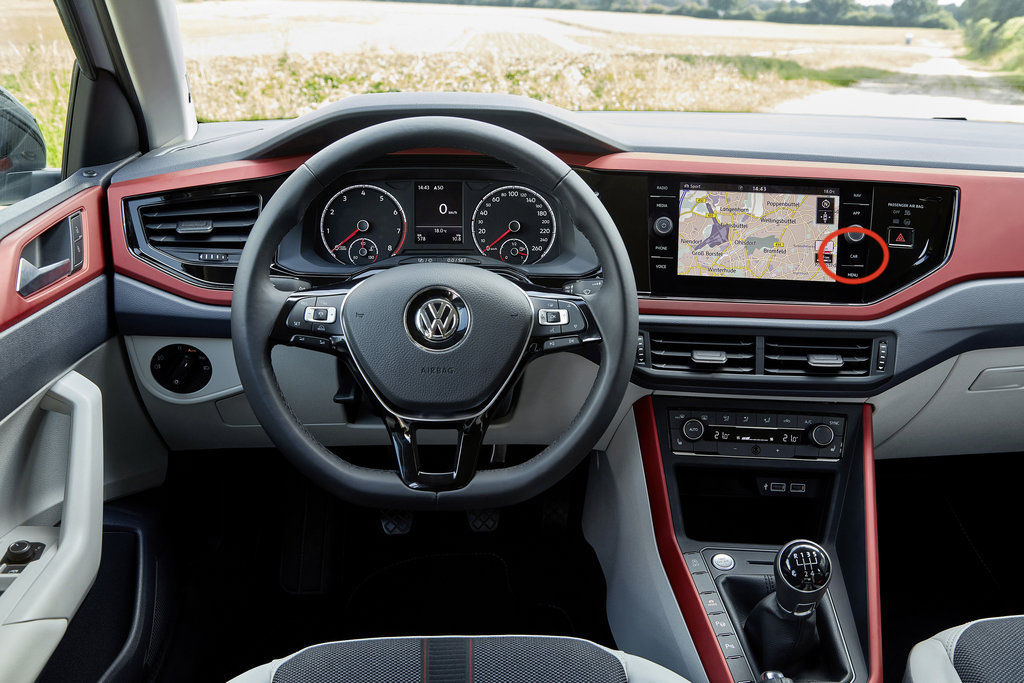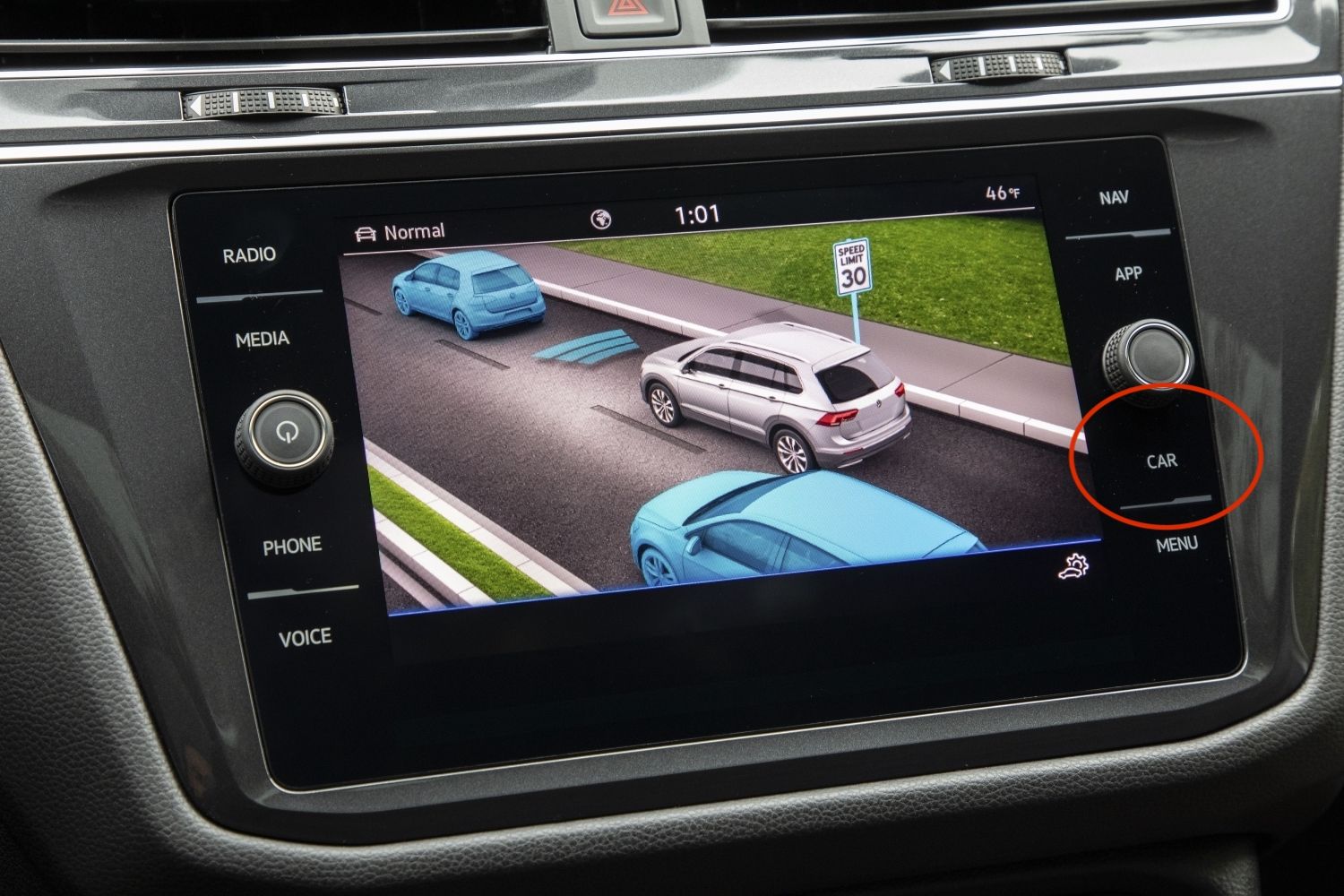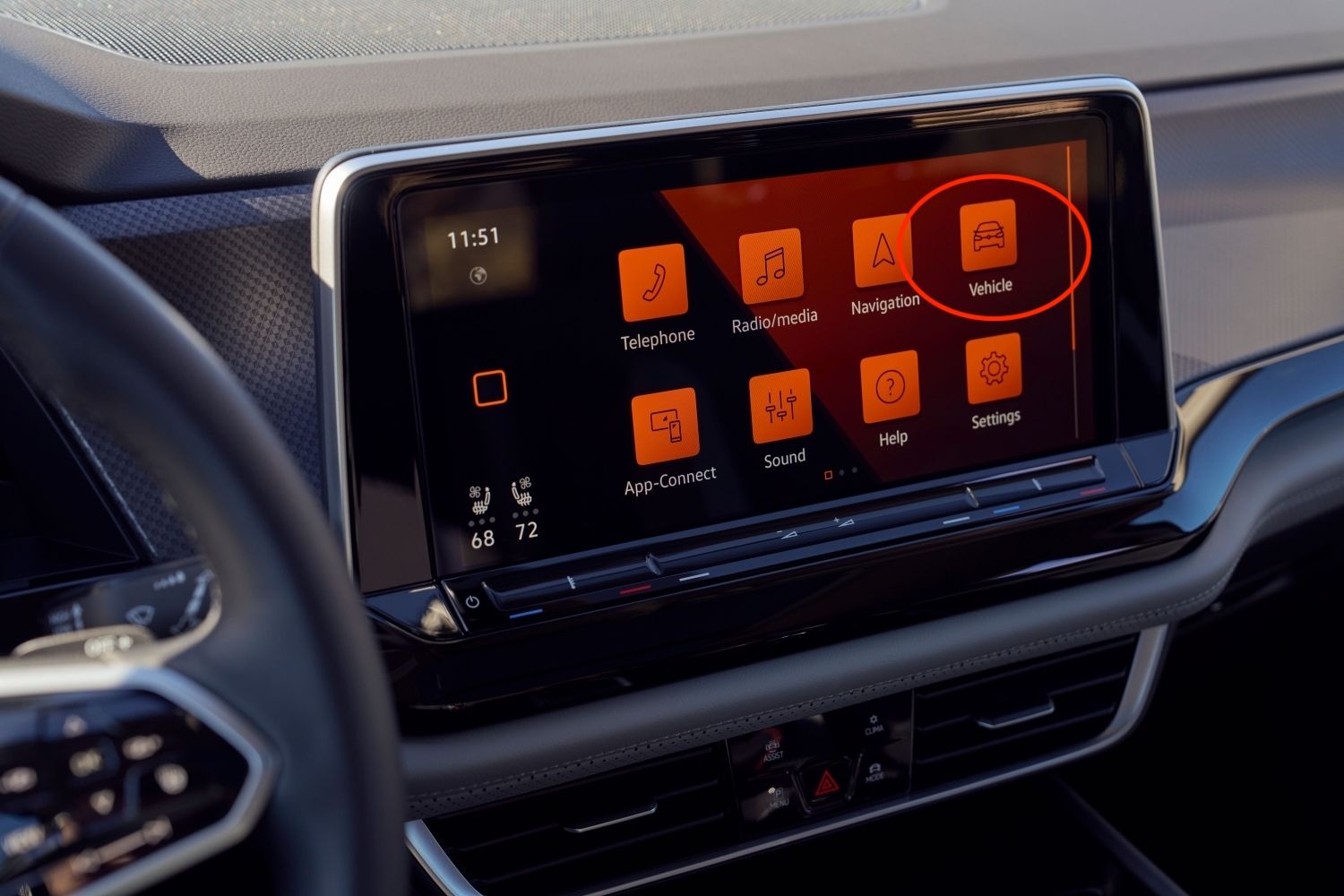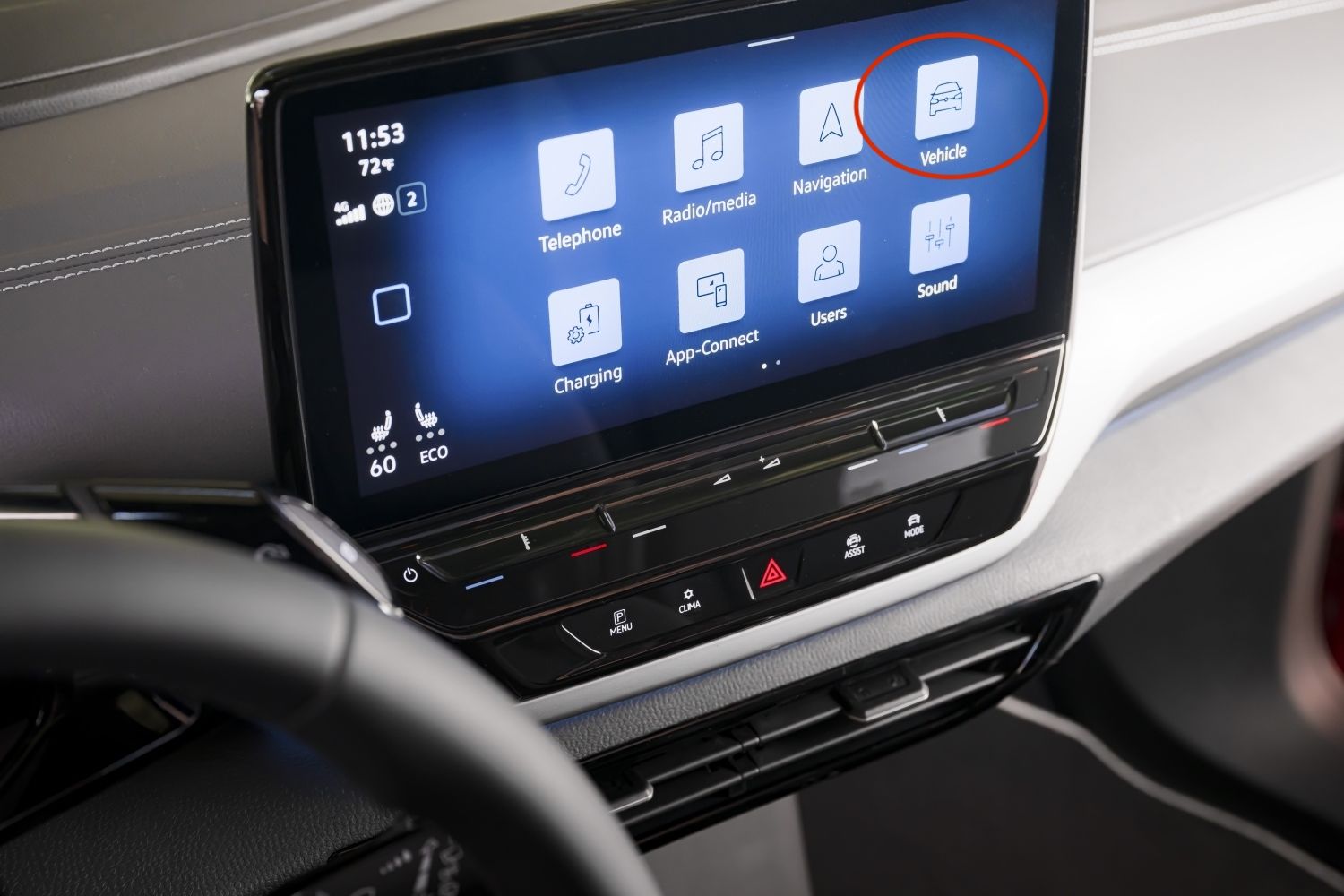Volkswagen vehicles are equipped with a Tire Pressure Monitoring System (TPMS), a critical feature that alerts the driver to potential tire pressure issues. This system monitors tire pressure changes, which can fluctuate due to temperature changes, seasonal tire swaps, or natural air loss. If the TPMS light illuminates your dashboard, it's important to address it promptly to ensure your vehicle's safety and performance. This article will guide you through the steps to reset the tire pressure light on Volkswagen vehicles, ensuring you can maintain optimal tire pressure throughout the year.
Understanding the TPMS in Volkswagen Vehicles

Before diving into the reset process, it's essential to understand how the TPMS works in Volkswagen vehicles. There are two types of TPMS: direct and indirect. Direct TPMS uses sensors in each tire to measure pressure, while indirect TPMS uses the vehicle's ABS system to monitor tire rotation and infer pressure changes. Volkswagen models may use either system, so it's important to refer to your owner's manual to understand which type your vehicle has. Models like the current generation Volkswagen Jetta or previous VW Atlas use an indirect system.
The TPMS light on your dashboard will illuminate when the system detects a tire pressure that is significantly lower or higher than the manufacturer's recommended level. It's a warning sign that should not be ignored, as driving with incorrect tire pressure can lead to reduced fuel efficiency, uneven tire wear, and even dangerous driving conditions.
Step-by-Step Guide to Resetting Your Volkswagen's TPMS

1. Check and Adjust Tire Pressure: Before attempting to reset the TPMS light, ensure all tires are inflated to the correct pressure according to your vehicle's specifications. This information is usually found on a sticker inside the driver's door jamb or in the owner's manual.
2. Turn the Ignition On: Without starting the engine, turn the ignition to the "On" position. This activates the vehicle's electrical system, including the TPMS.
3. Access the Car or Vehicle Menu: On your Volkswagen's infotainment system, access the "Car" menu. This is typically done through a button labelled "Car" near the system or on the touchscreen interface. Recent VW vehicles, such as the redesigned VW Atlas or the electric Volkswagen ID.4, may have the updated infotainment system. In this case, the TPMS settings page is accessible through the Vehicle menu.
4. Navigate to TPMS Settings: Within the "Car" or “Vehicle” menu, look for a tire pressure section or TPMS section.
5. Reset the TPMS: Once you've located the TPMS section, there should be an option to "Reset" or "Set" the tire pressure. Select this option to recalibrate the system based on the current tire pressures.
6. Confirm the Reset: Some models may require you to confirm the reset process. Follow the on-screen prompts to complete the reset.
7. Drive the Vehicle: After resetting the TPMS, drive your Volkswagen for a few minutes. This allows the system to recalibrate and verify the tire pressures. The TPMS light should turn off if the tires are at the correct pressure and the reset was successful.
Troubleshooting Common Issues

- Persistent TPMS Light: Recheck the tire pressures if the TPMS light remains on after resetting. If one or more tires are still not at the correct pressure, adjust them accordingly and repeat the reset process.
- Faulty Sensors: A faulty sensor may sometimes cause the TPMS light to stay on. If tire pressures are correct and the light persists, visiting a Volkswagen dealership or a qualified mechanic may be necessary to diagnose and replace any faulty sensors.
Resetting the tire pressure light on your Volkswagen vehicle is a straightforward process that is crucial for maintaining optimal tire performance and vehicle safety. Regularly checking your tire pressure and responding promptly to the TPMS alert can help ensure a smoother, more efficient driving experience. If you encounter issues with the TPMS system that you can't resolve, don't hesitate to contact Humberview Volkswagen.

You might also be interested in these blogs:
The Volkswagen ‘Service Now’ Warning Light: What It Means And How To Reset It
History Of Volkswagen
Comparing the 2024 Volkswagen Taos and the 2024 Volkswagen Tiguan











